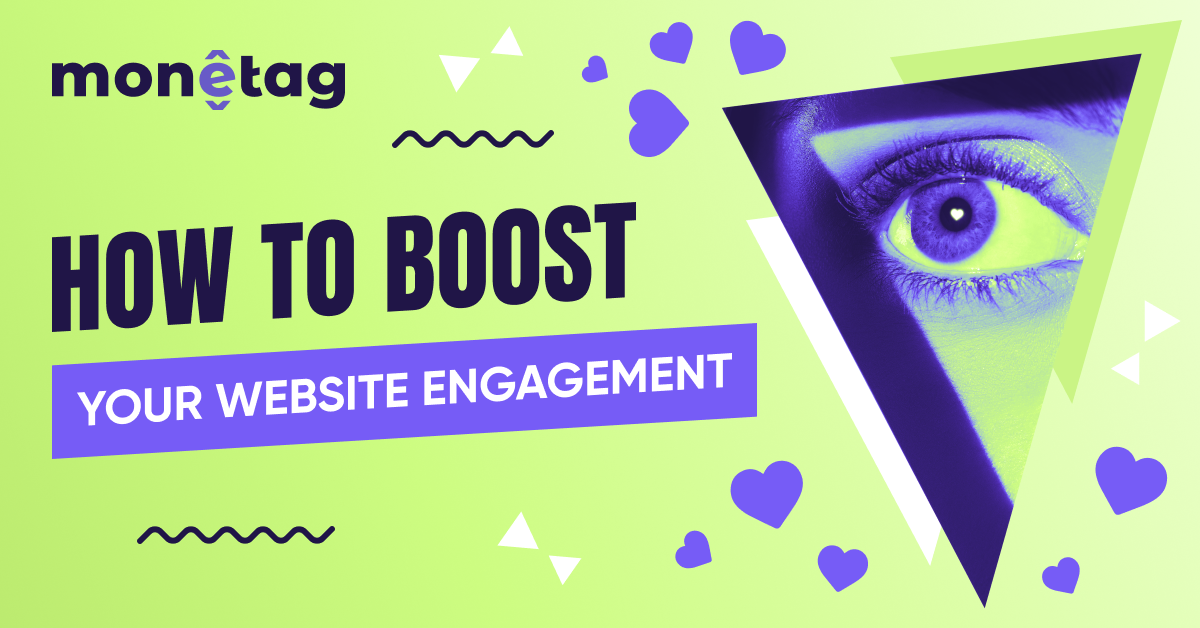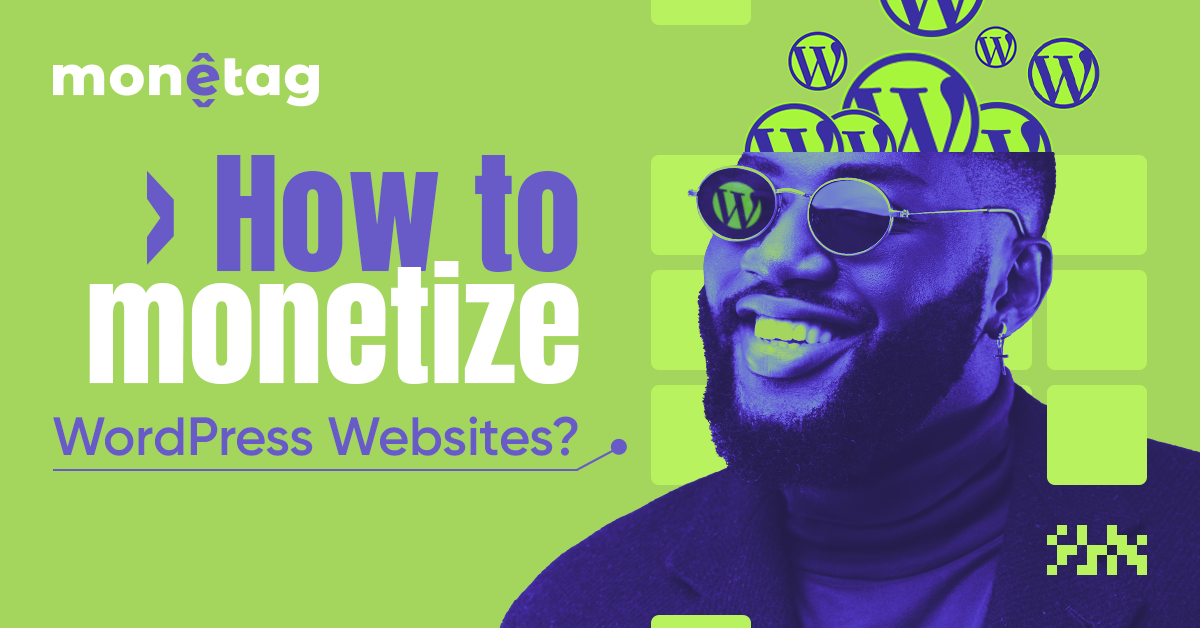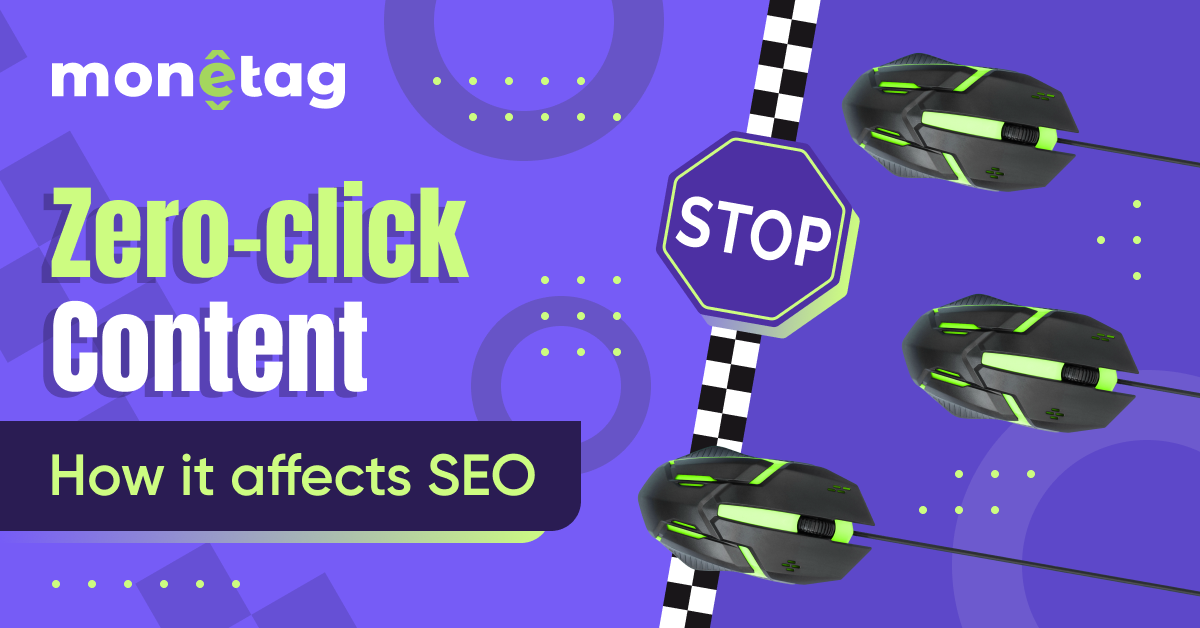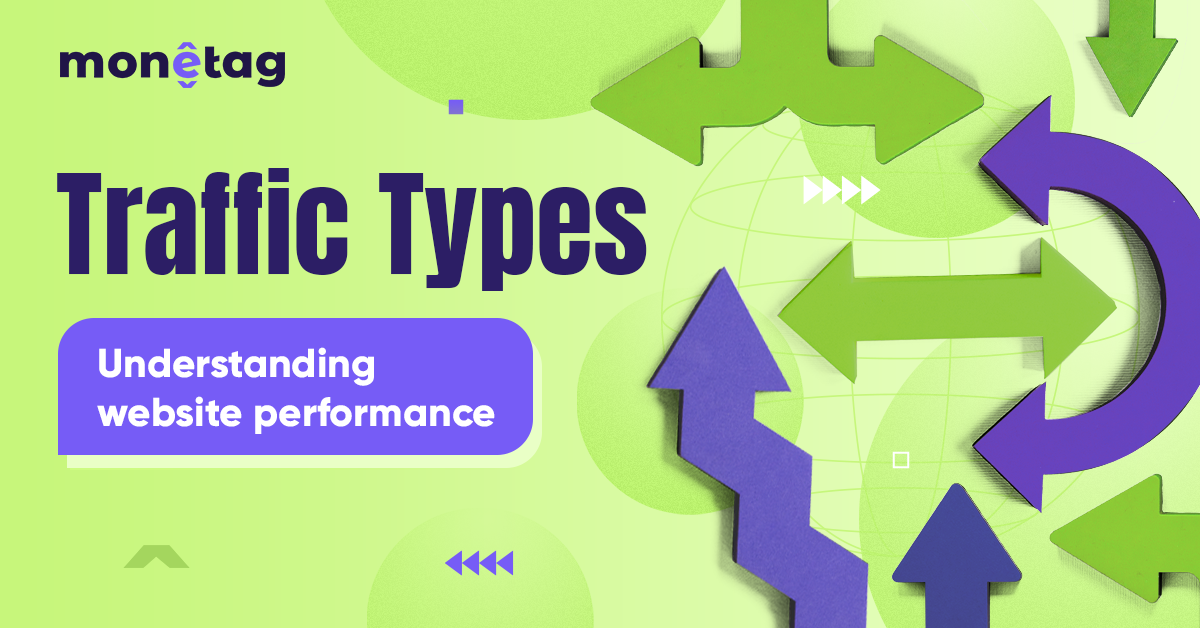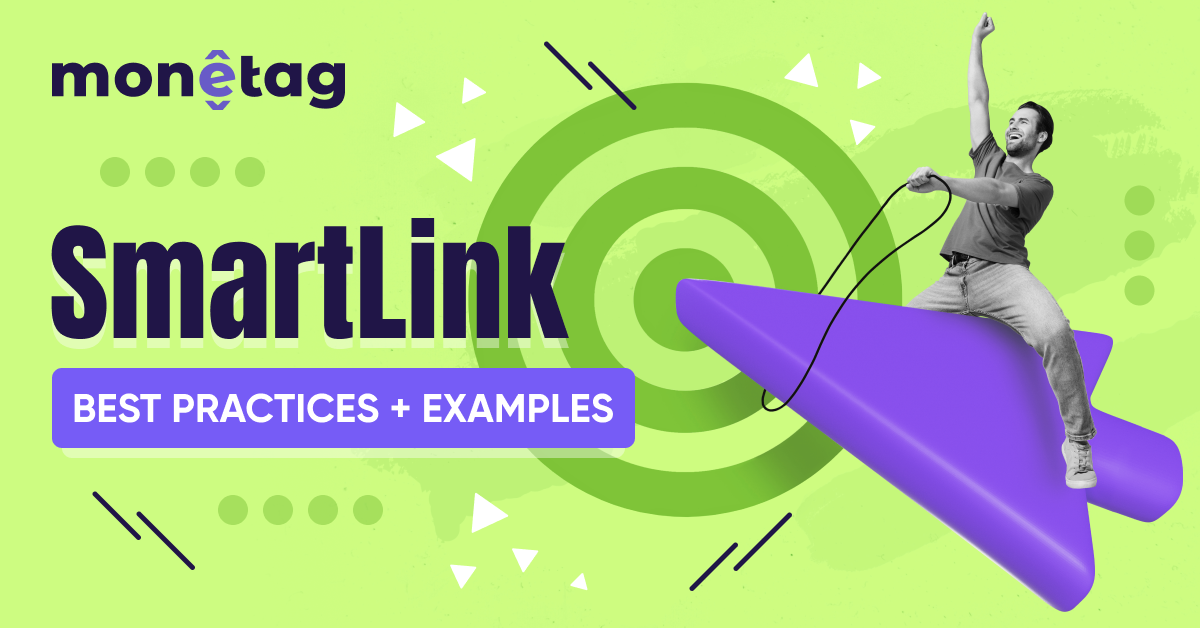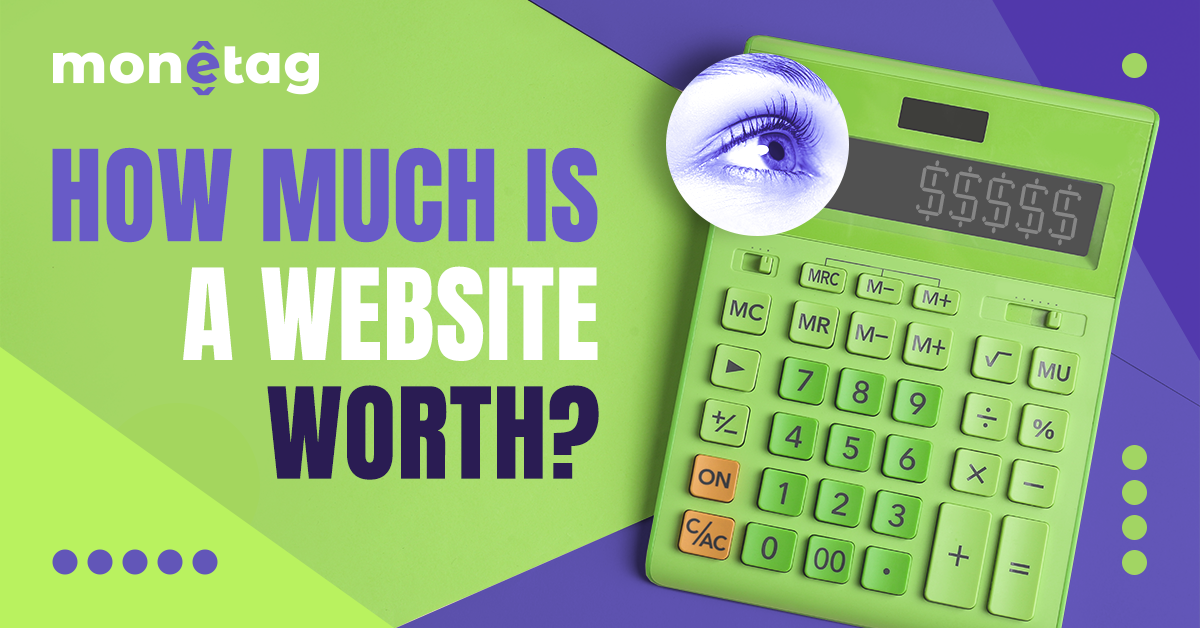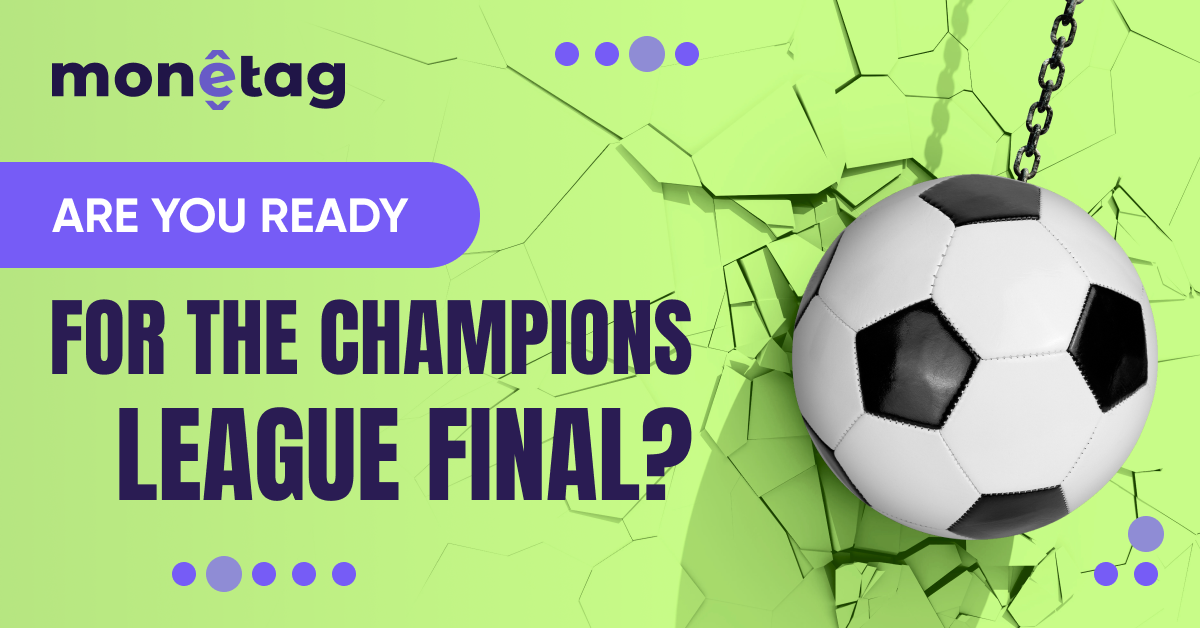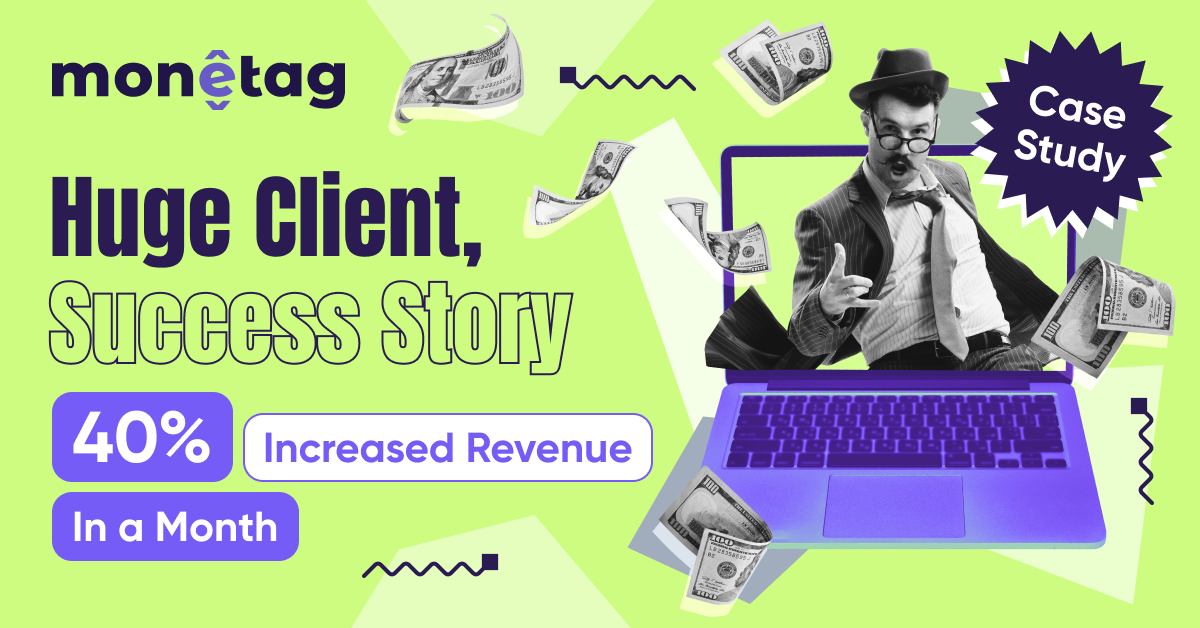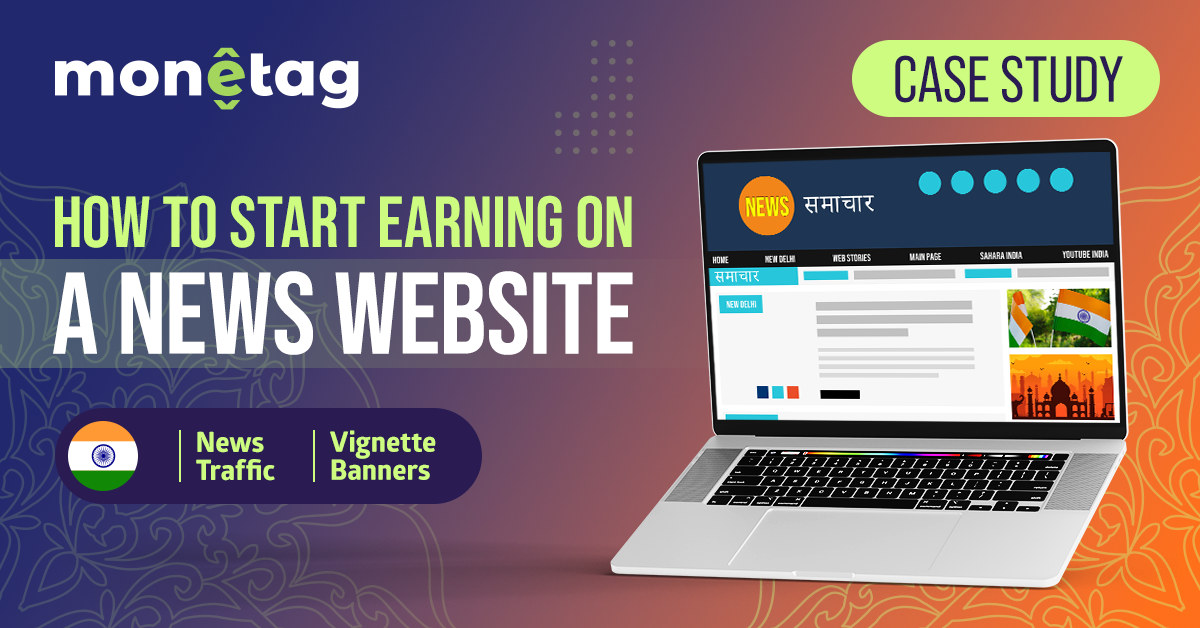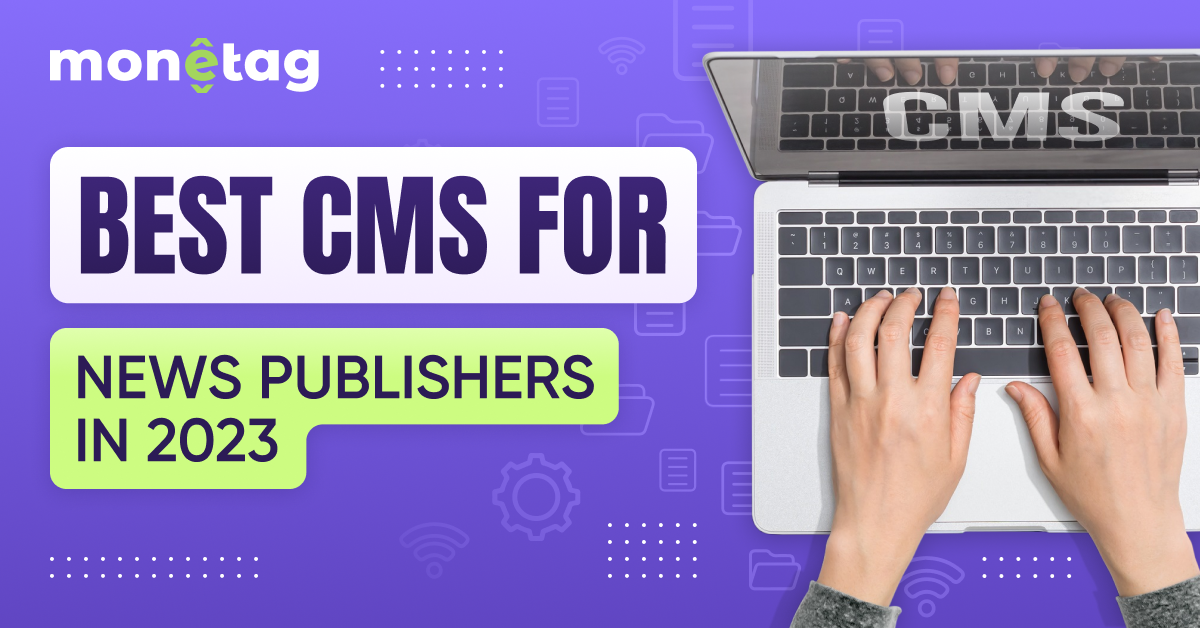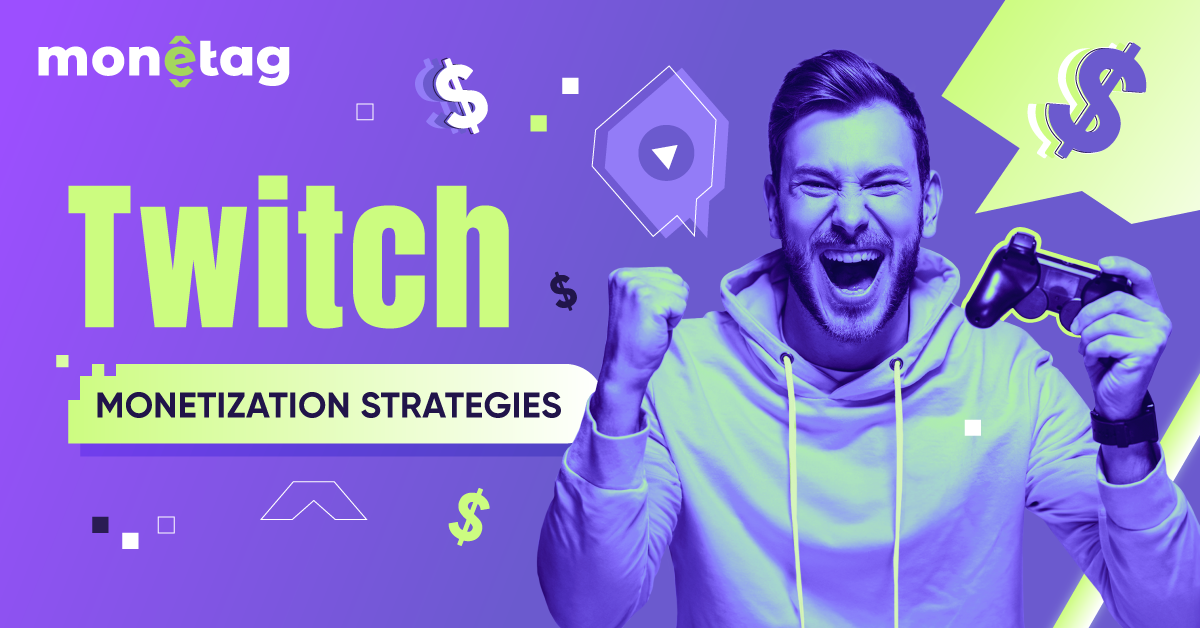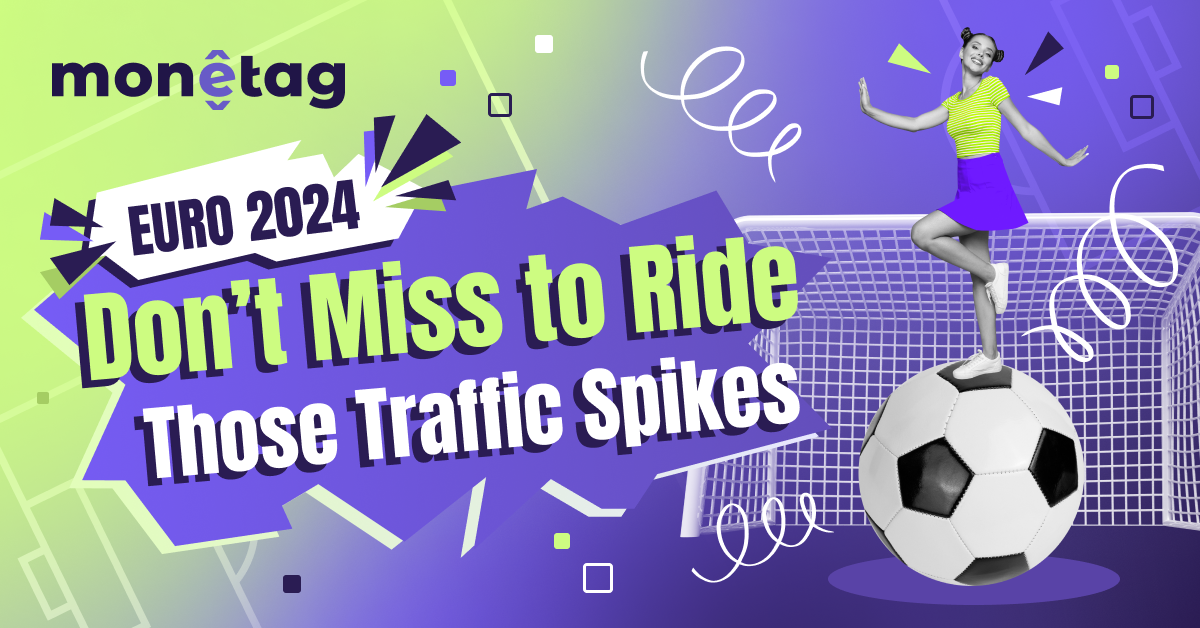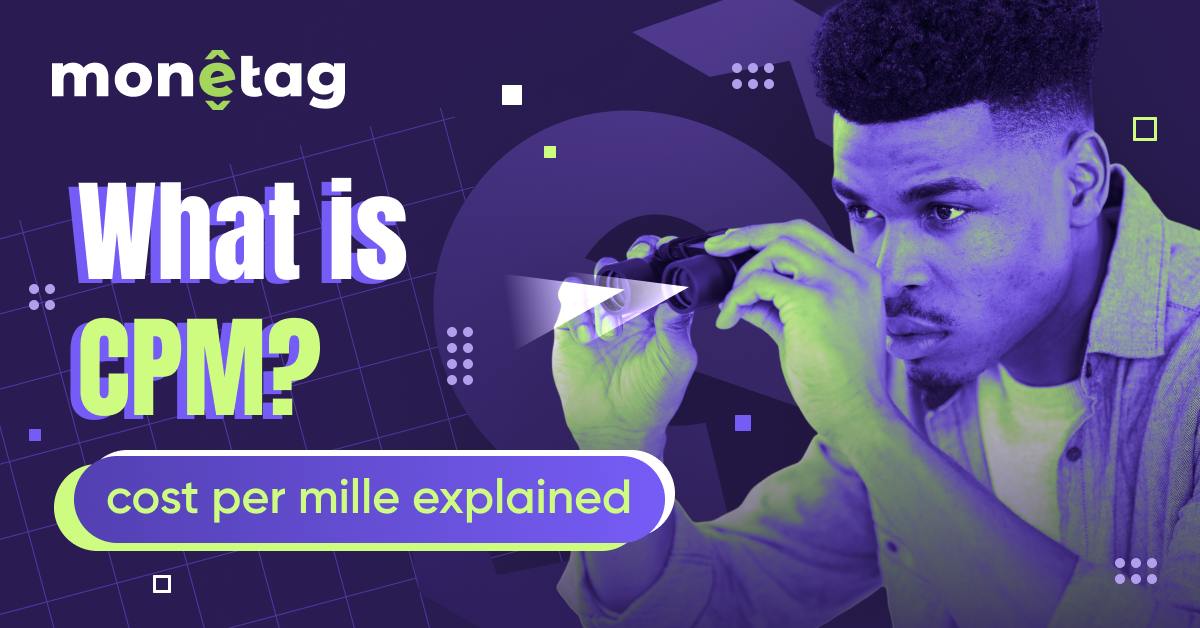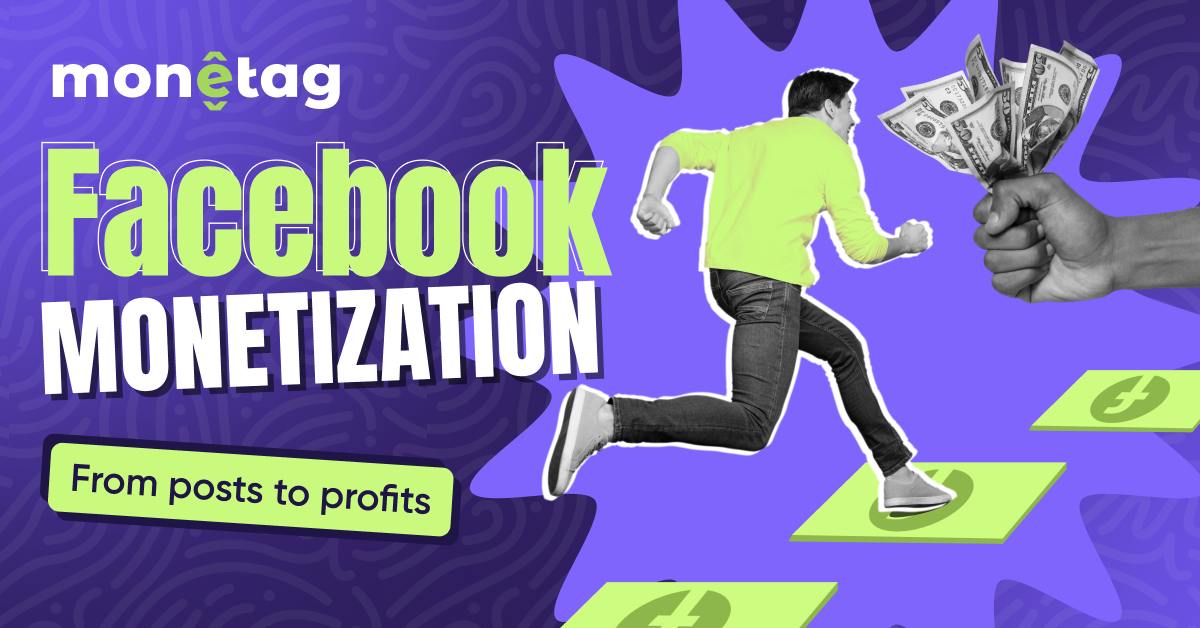Making Money with Blog vs. Website vs. Landing Page: Which is Better?
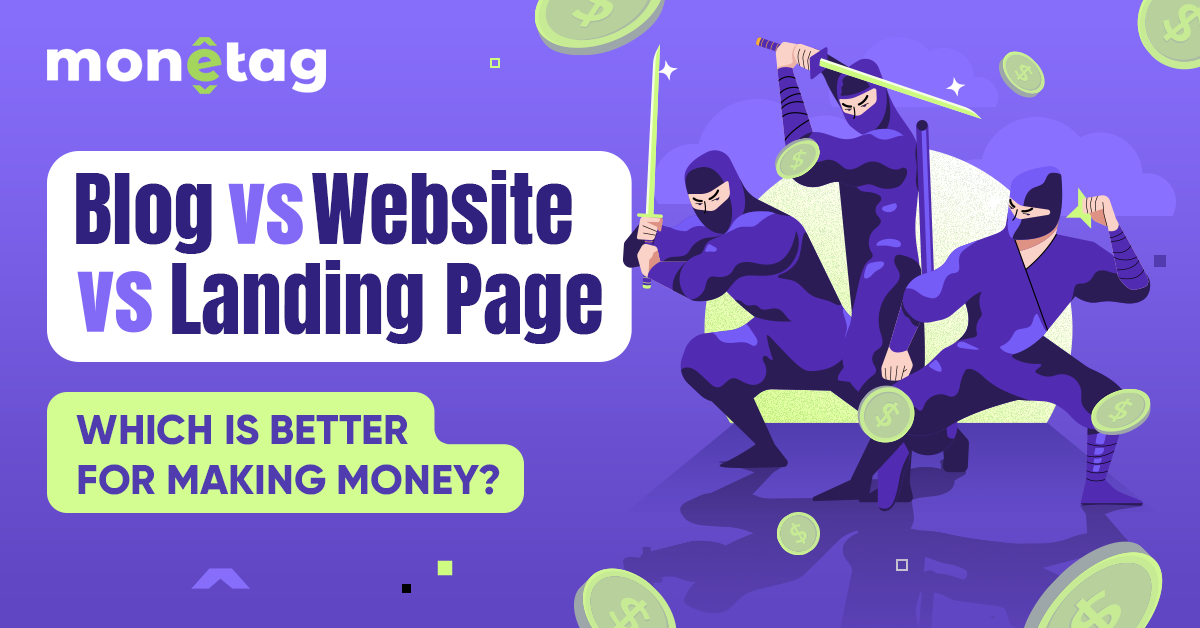
This post is also available in:
Pt
Es
Are you a blogger who’s thinking about creating a website? Or are you wondering if investing in high-converting landing pages instead would be the right move for you?
If so, you are in the right place, because right now, we are going to unravel all the aspects of blog vs. website vs. landing page topic in terms of which is a more profitable solution.
The fact is people use all three of these entities for monetization purposes, but which is the best option? Are there even legitimate reasons to think one is better than the other, or does it all come down to each one having unique advantages?
You are about to find out, just keep on reading.
“All three options can be very profitable. All three options may not be profitable at all. There is no way to answer this question – what would be the best option? It all depends on the content,”
a publisher of ours said when asked to comment on the subject, leaving us wondering even more.
But we were determined to give you more concrete answers.
For starters, here is a quick comparison of the three mentioned forms of web presence through the most important aspects we covered in the text that follows.
Blog vs. Website vs. Landing page: Quick comparison
Disclaimer: Sums presented in the table can vary, and represent very rough estimations based on what website and blog owners claim. We need to underline that there are a great many variables that affect both investments and potential earnings.
| Website | Blog | Landing page | |
| Monetization options | traffic monetization, affiliate marketing, e-commerce store, online courses, sponsored posts, donations | traffic monetization, affiliate marketing, paid subscriptions, sponsored content, consulting services, product reviews | traffic monetization, selling LP, CPA offers |
| Investment |    |   |  |
| Potential earning | From $286 in a month to $15.000 in a day | Around $2.000 a month | Depends on the product that is promoted |
| Time needed to start earning | At least 6 months | 6-20 months | Few weeks |
| Recommended ad format | Popunder Push notifications Vignette Banner Interstitial SmartLink or MultiTag | SmartLink Vignette Banner Push notifications In-Page Push | ProPush extra monetization |
Note: If the publisher is using paid hosting (for sites, as well as for landing pages and blogs) he will have access to the code that will allow him to use any of the mentioned ad formats. If there is no access, he will be able to earn only through SmartLink.
Website: What is it and how to earn from it?
Website is like a hardcover for all related web pages hosted on a web server and accessible via web browser. It’s a content space available to the public with interlinked web pages collected under one domain name.
In December of 2022, the number of websites all across the world was 1.13 billion, but only 200 million are regularly visited and maintained, while the rest are inactive.
Now, when talking about a website through monetization-option glasses, there are several ways you can make a profit:
- Monetize traffic – the easiest one; generate revenue with monetization platforms like Monetag
- Affiliate marketing – promote a product or service to your visitors through CPA network like Zeydoo, and earn a commission whenever your link leads to purchase
- E-commerce store – make your website into a digital store, selling physical products
- Online courses – create a series of video or text lessons for members only, and then sell subscription that gives access to them
- Sponsored posts – write advertorials (adverts in the form of an article) containing a link to the advertisers’ website
- Donations – provide exceptional content and accept donations from your faithful readers
Blog: Definition and ways to profit from it
Now a few words about a blog, and how it’s different from a website.
While a website is a collection of mostly static web pages tied together with hyperlinks, a blog is more dynamic and needs regular updates. Of course, there’s nothing static about news websites, but that’s an exception. Another difference lies in the fact that blogs are more informal than websites.
Diary-style posts are the main characteristic of blogs, where one post follows another one in chronological order, and blogs are usually tied to a specific subject. In 2022, there were over 600 million registered blogs in the world.
But these days, it’s pretty much the same whether you are running a blog or a website because most content management systems allow both sites and blogs to form pages that are static, as well as to create posts that can be listed in reverse.
As for monetizing blogs, the methods usually used are the same or similar to the ones website owners rely on. But here are two additional options for earning money via blog:
- Consulting services – use your professional experience in a certain field and offer to spread the knowledge for a profit
- Product reviews – companies pay established bloggers to write positive reviews on their products
“We have experience working with different formats, and in my opinion, a blog is the best. Maybe you’re familiar with traffic arbitrage, which can help you earn a good profit. All you need to do is create a good blog and then begin traffic arbitrage. It’s quite simple,”
said Naveed Shah, owner of the YouTube channel, but then added:
“Building and maintaining a successful blog requires consistent effort, quality content creation, and effective promotion. It can take time to build an audience and establish authority within a niche, which may delay immediate profit.”
Landing page: Make those creatives work for you
Here we are talking about a standalone web page created for a specific advertising or marketing campaign. Unlike other web pages, this one has one single goal – CTA (call to action).
A landing page is a combination of visual and text elements that provides information on a specific product or service. It’s sending a direct message and asking people to do a specific action, like subscribe, or make an appointment, or it’s calling them to make a purchase.
Blogs are more informative and tend to be careful not to push their visitors away by having such direct insinuations. What they have in common is that they both tend to answer searchers’ questions and provide information.
As for monetization of a landing page, people are usually selling them or promoting other products and services via affiliate links. They have many benefits, from leaving a strong impression, improving brand awareness, and providing help with building credibility, to making email lists grow and providing help with generating leads and conversions – which is the essential thing.
Note: Landing page can be independent of a website. It is one singular web page.
“Landing page is best to get traffic from Facebook and other social media apps. It’s totally free by using Google Sites and Blogger,”
Youtuber, Tricky Yar, shared his thoughts.
Traffic monetization: Which ad formats to use?
We clearly have to say that there are no rules here and that each case is unique and different, but from our experience websites are profiting most by relying on Popunder. While in the case of blogs, SmartLink is definitely a winning feature.
The thing with Popunder, or as we also call it Onclick, is that it has the highest visibility of all ad formats. It is very dominant and eye catchy, and it will be displayed behind the main browser window in a new browser tab. Popunder has huge engagement potential.
But, if you cannot decide which ad format to choose, you can always start with Multitag and see what performs best for your website, what ad format combination is the winning one in your specific case.
As for SmartLink, it’s an algorithm that includes a pool of links, a feature that shifts users to a potentially relevant ad. It’s non-intrusive, and therefore suitable for blogs with smaller audiences, where monetization should be done carefully. With blogs, it is essential to understand that the audience came interested in nothing but the blog content.
Given that SmartLink is a super simple tool for traffic monetization it is often used on landing pages as well. Here is an article full of SmartLink best practices and tips our publishers provided for you:
And while we are on the topic of monetizing landing pages, you should know about ProPush. It is not a classic ad format, but a platform for extra monetization through push subscriptions, designed to suit and be used on websites, as well as on landing pages.
How much money do you need to invest?
When building a website, the estimated cost can be anyway from $200 to $75.000. And there are several main factors that will affect the final amount of money you will need to pour in:
- Domain name (which is usually between $10 and $15 a year)
- The number of functions on your website (membership portals, subscription services, custom programming, etc); the more functions, the more money it will take
- Website maintenance – done by web developers or specialized agencies
- Size of the site – this essentially comes down to the number of web pages
- Hosting platform – if the website is not intended for revenue-generating then shared hosting is a more affordable option
Note: These estimations were based on an assumption you hired a professional designer to do the work. In case you are using website builders like WordPress, the price can be much lower, up to $50 a month.
Also, we need to emphasize that this is not our data and not the ultimate truth. Even though Upwork provides this data, it is far from always being the case. And not only because of the existence of WordPres, but also because many publishers save money by working without third-party specialists due to the fact they know how to do everything themselves.
With blogs, the numbers are way smaller. For a couple of hundred dollars a year, your blog could be quite decent. The things you should consider are, again the domain name ($10 – $15), website hosting (up to $25 a month), and if you are using the WordPress platform there are themes and plugins you can use for free, but the price for some can go up to $200. Also, if you are ready to invest in SEO and social media tools it can cost you up to $200 monthly for both tools.
And when it comes to creating landing pages, you can easily do it without any expenses since there are plenty of free landing page builders. Still, you will need a domain and a web hosting account.
Note: Traffic monetization will definitely lead to a significant profit rise. Check our case studies and see for yourself.
How much money can you make?
Now we come to the most important part – how much can you actually profit from each entity?
First, it is important to say not all blogs and websites are in fact profitable – only 30% of blogs make money. And as for how much, the estimation is that in a first year bloggers can earn between $500 and $2.000 a month, while the expected sum in years that follow could reach $50.000 income per year.
Note: We are here talking about the US where the average salary is just a little below that number.
With websites, the estimations are a bit more complicated, especially if you bear in mind the different purposes of websites. But overall two factors will be keys to defining your potential earnings – how much traffic your site receives, and the type of ads you are running on a site.
We will now give examples from our own cases and showcase what results were achieved with monetizing websites through Monetag:
- Here’s the beginner cricket website – $286 in a month
- Here’s the giveaway website – $2,727 in a month
- Here’s the entertainment site – up to $15,000 a day
Important: Be aware that the amount of money you can earn through your website will heavily depend on the quality of traffic, where this traffic comes from (GEO, device type), and on how engaged you are with it.
Earnings depend on so many factors. Sometimes it’s just about the right timing. Here is an example of how your earnings can skyrocket if you have a sports website and an important sporting event is about to happen:
Based on our experience, sites, in general, are usually more profitable than blogs and easier to monetize, because blogs are partly crowded out by social media.
And finally, the landing page. Remember how we said ProPush is a perfect tool for extra monetization of landing pages? Well, we stand by it 100%. And even though we don’t have statistics on average monthly or yearly profits you can achieve by relying only on monetizing landing pages, we can showcase some of the results ProPush clients presented through case studies:
- Client No1 – 27% higher profits in only one month with the ProPush tag
- Client No2 – ProPush brought 40% of the entire campaign profit
But be aware that Monetag publishers successfully attract an audience from social media, messengers, and other free channels to their landing pages, and effectively earn money on them, mainly with the help of our SmartLink.
“I believe that all three options have their strengths when it comes to making money. Blogs are great for establishing authority and engaging with readers through informative content. Websites provide a broader platform to showcase various types of content and monetization methods. Meanwhile, landing pages excel at focused promotions and driving conversions,”
Finnich Vessal, founder of Affiliate Bay shared his experience and added:
“The best approach often involves a combination of all three, leveraging their unique advantages to maximize earnings. Ultimately, success in affiliate marketing lies in providing value, building trust, and delivering relevant recommendations, regardless of the specific platform used.”
How long does it take to monetize and grow organic traffic?
Apparently, if you are a blogger, you can expect to start earning money after 6 months, and that’s the earliest, but most likely your blog will become profitable within the first 20 months. Less than 30% of bloggers will make a profit half a year after starting the business, but it is very encouraging to hear almost 40% of bloggers will make it their full-time income after the first two years.
And let’s bear in mind that behind most blogs there’s only one to two people.
But with websites, it’s completely different. A whole team can be in charge of making the site profitable, and the income can depend on many processes. But if we are talking about creating content and building organic traffic, the prognosis is you will have to wait for at least 6 months for your site to become noticeable in search engines.
And all that with the assumption you are delivering nothing but high-quality content, full of the right keywords, targeting the right audience.
With landing pages it’s much easier – significant results can be achieved in a few weeks, or a month, as you could see in the case studies we named earlier.
Here are some super valuable tips and tricks from Finnich Vessal that could help you effectively monetize your online entities and speed up the process:
“For blogs, focus on creating high-quality content that provides value to your readers and incorporates relevant affiliate links naturally. Implement strategic keyword research and SEO techniques to attract organic traffic.
For websites, diversify your income streams by combining display ads, sponsored content, and affiliate marketing. Optimize your website for user experience, site speed, and mobile responsiveness. Utilize compelling call-to-action buttons and strategically place affiliate links within your content.
When it comes to landing pages, ensure they are highly targeted, with clear and concise messaging that drives visitors toward the desired action. Optimize for conversion rate optimization (CRO) techniques, such as compelling headlines, persuasive copy, and a strong visual layout. Regularly analyze and refine your monetization strategies to maximize your earnings.”
Conclusion
We came to the end of this saga, and we are aware you have a lot of things to think about. And that’s fine, take your time, include all the factors, assess and see what works for you the most.
But one conclusion already imposes itself: no matter what form of web presence you choose, and no matter what monetization option you decide to be its main source of income, you need to diversify.
Right from the start.
Combine different monetization methods instead of betting only on one, it will increase your chances for success and make your blog, or website, or finally your landing page more profitable.
Also, “a balanced combination of these platforms yields the best results in terms of profitability”,
Finnich Vessal said and explained:
“Each platform has its advantages and disadvantages. Blogs require consistent content creation and SEO efforts. Websites require ongoing maintenance and optimization. Landing pages need to be highly focused and optimized for conversions.”
Think about it and let us know your thoughts on the subject.
